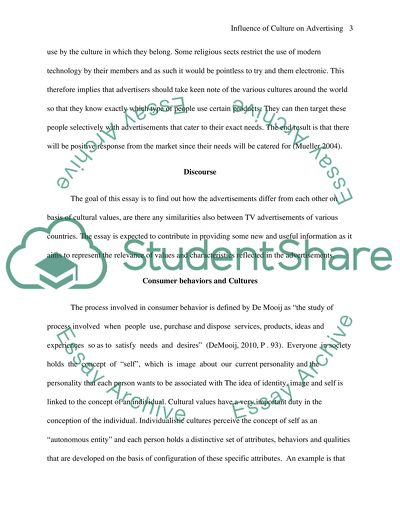Cite this document
(“Cultural Advertising (how culture influences advertising) Research Paper”, n.d.)
Retrieved from https://studentshare.org/visual-arts-film-studies/1640387-cultural-advertising-how-culture-influences-advertising
Retrieved from https://studentshare.org/visual-arts-film-studies/1640387-cultural-advertising-how-culture-influences-advertising
(Cultural Advertising (how Culture Influences Advertising) Research Paper)
https://studentshare.org/visual-arts-film-studies/1640387-cultural-advertising-how-culture-influences-advertising.
https://studentshare.org/visual-arts-film-studies/1640387-cultural-advertising-how-culture-influences-advertising.
“Cultural Advertising (how Culture Influences Advertising) Research Paper”, n.d. https://studentshare.org/visual-arts-film-studies/1640387-cultural-advertising-how-culture-influences-advertising.


